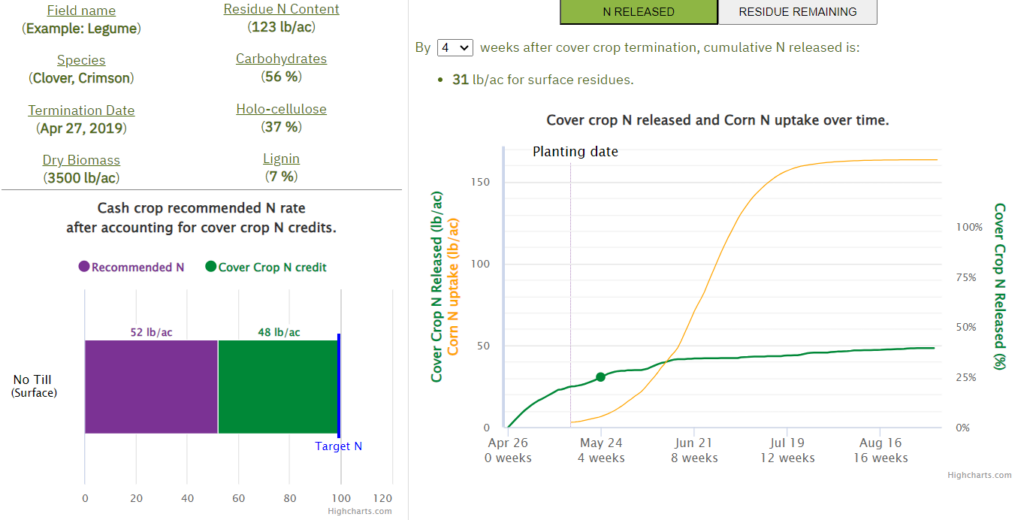Nitrogen Fixation
go.ncsu.edu/readext?1009233
en Español / em Português
El inglés es el idioma de control de esta página. En la medida en que haya algún conflicto entre la traducción al inglés y la traducción, el inglés prevalece.
Al hacer clic en el enlace de traducción se activa un servicio de traducción gratuito para convertir la página al español. Al igual que con cualquier traducción por Internet, la conversión no es sensible al contexto y puede que no traduzca el texto en su significado original. NC State Extension no garantiza la exactitud del texto traducido. Por favor, tenga en cuenta que algunas aplicaciones y/o servicios pueden no funcionar como se espera cuando se traducen.
Português
Inglês é o idioma de controle desta página. Na medida que haja algum conflito entre o texto original em Inglês e a tradução, o Inglês prevalece.
Ao clicar no link de tradução, um serviço gratuito de tradução será ativado para converter a página para o Português. Como em qualquer tradução pela internet, a conversão não é sensivel ao contexto e pode não ocorrer a tradução para o significado orginal. O serviço de Extensão da Carolina do Norte (NC State Extension) não garante a exatidão do texto traduzido. Por favor, observe que algumas funções ou serviços podem não funcionar como esperado após a tradução.
English
English is the controlling language of this page. To the extent there is any conflict between the English text and the translation, English controls.
Clicking on the translation link activates a free translation service to convert the page to Spanish. As with any Internet translation, the conversion is not context-sensitive and may not translate the text to its original meaning. NC State Extension does not guarantee the accuracy of the translated text. Please note that some applications and/or services may not function as expected when translated.
Collapse ▲Legume-cover crops like clovers, vetch, and peas form a symbiotic relationship with Rhizobium bacteria in soils, allowing them to fix nitrogen from the air into soils or plants. This additional nitrogen can provide cost savings for farmers who use nitrogen fertilizers.
Influential Factors
Several factors will influence the exact amount of nitrogen a legume cover crop can add to a farmer’s field.
- Species
- Growing Conditions
- Biomass Achieved
- Location
Timing Challenges
North Carolina’s warmer and humid climate increases the decomposition rate for legume residues after termination. This rapid decomposition may release some nitrogen before it is needed by the following cash crop.
Due to the planting date of cash crops, some cover crops need to be terminated before they express their full potential of fixing nitrogen, limiting their contribution of nitrogen to the next crop.
Management Approach
Farmers must take a systems approach for the best results when utilizing cover crops for nitrogen fixation. Growers need to consider…
- Nitrogen Source
- Nitrogen Rate
- Nitrogen Timing
- Nitrogen Placement
Nitrogen Calculator Decision Support Tool
An online tool developed by Precision Sustainable Agriculture can help farmers better understand how much nitrogen will be released and when.
The Nitrogen Calculator will chart nitrogen release for 18 weeks past cover crop termination and compare this nitrogen release to the nitrogen demand for the following cash crop.
References
- Creamer, N., & Baldwin, K. (2019). Summer Cover Crops. NC State Extension
- Gatiboni, L., & Reberg-Horton, C. (2021). Winter Annual Cover Crops. NC State Extension



